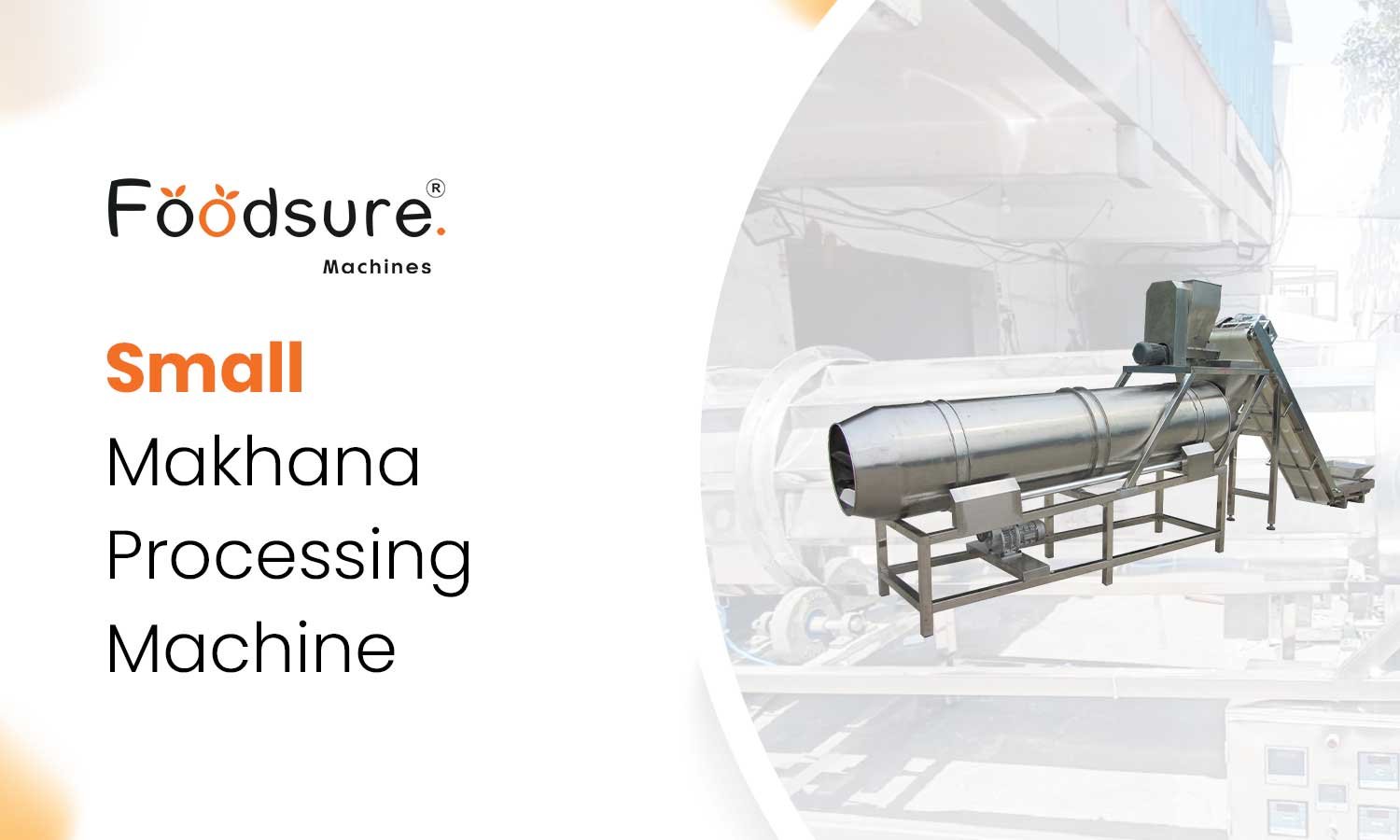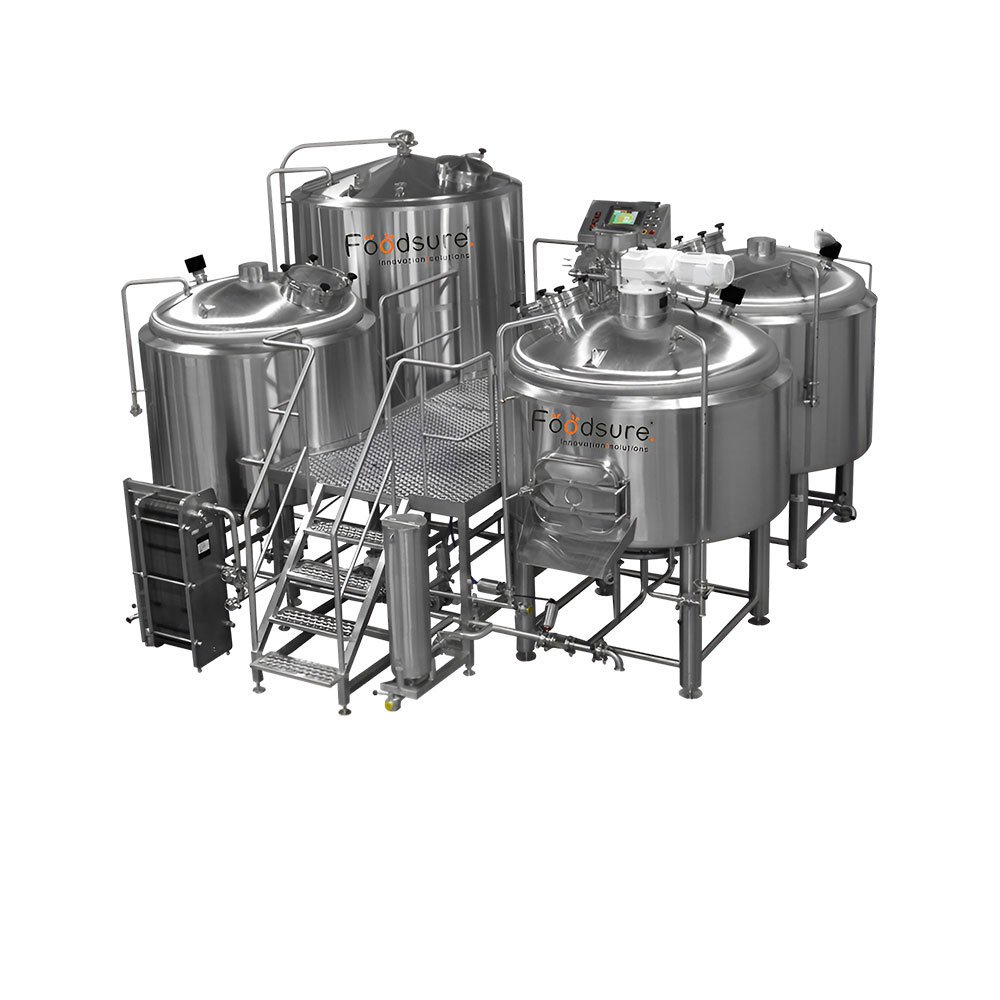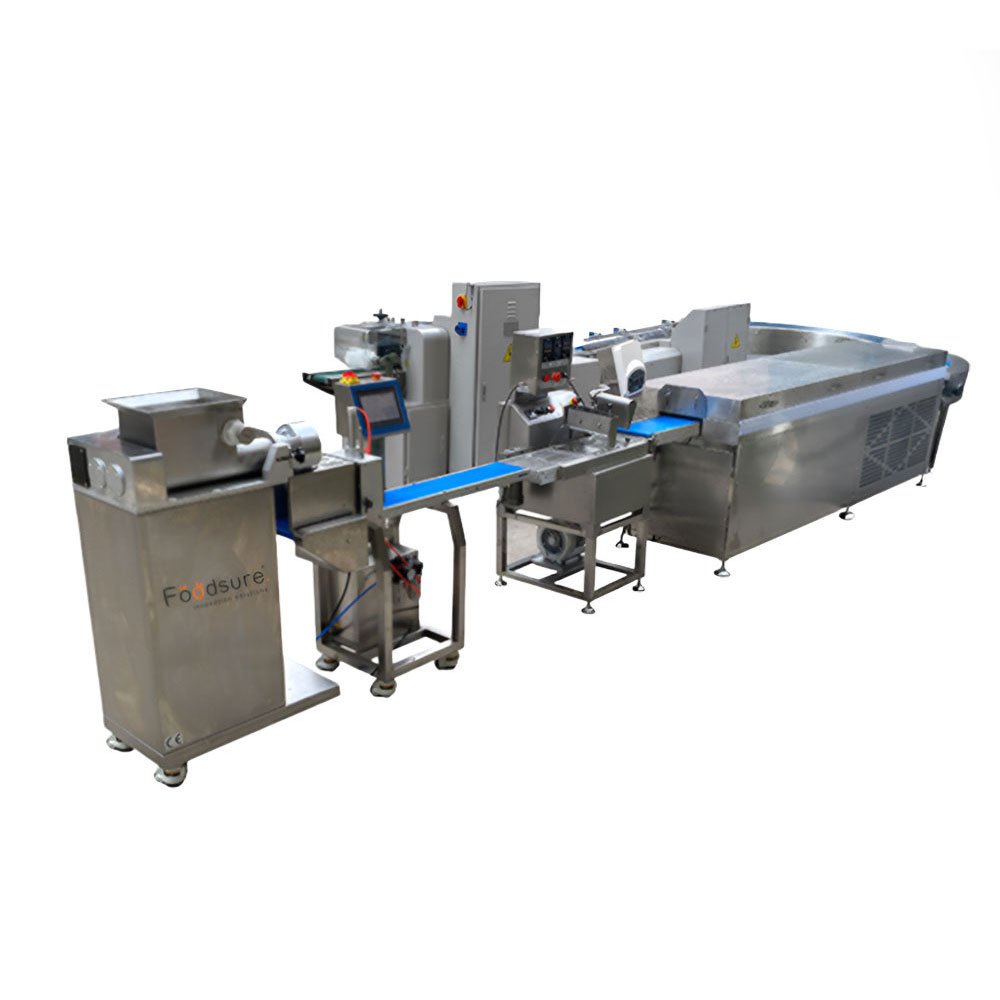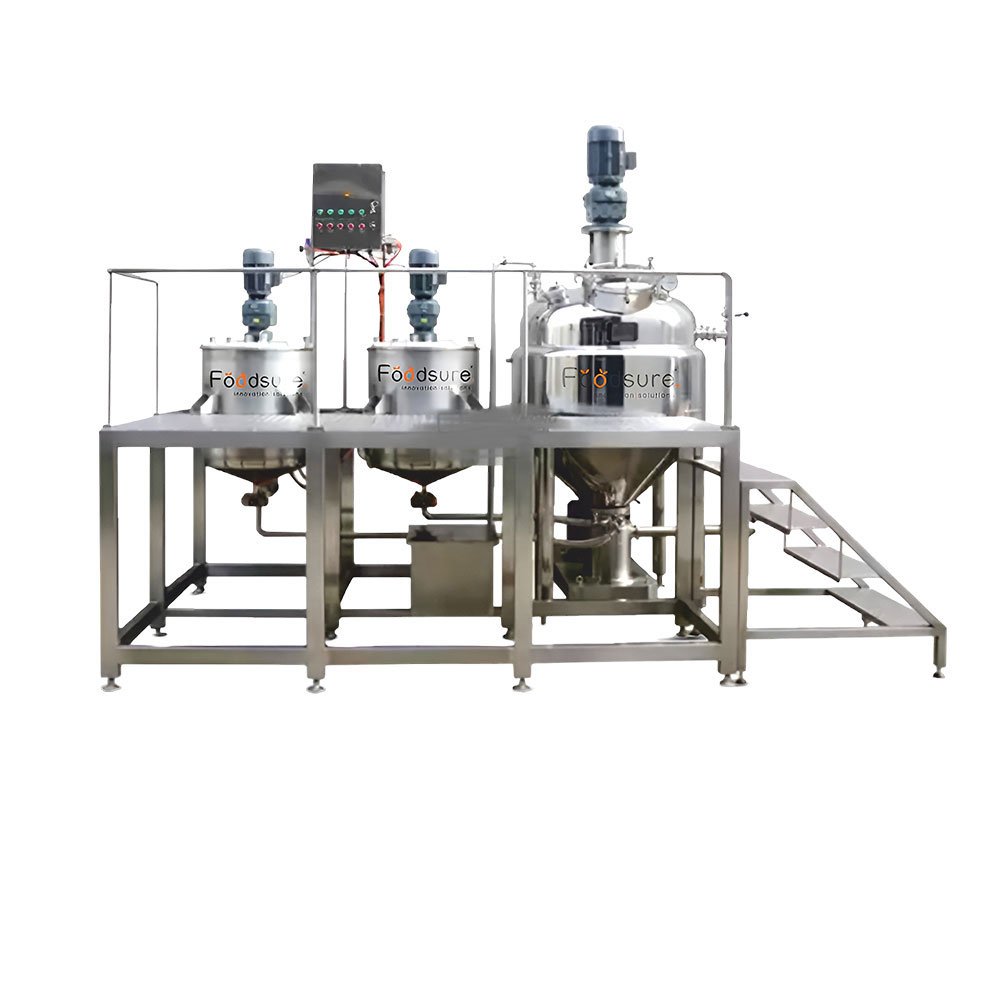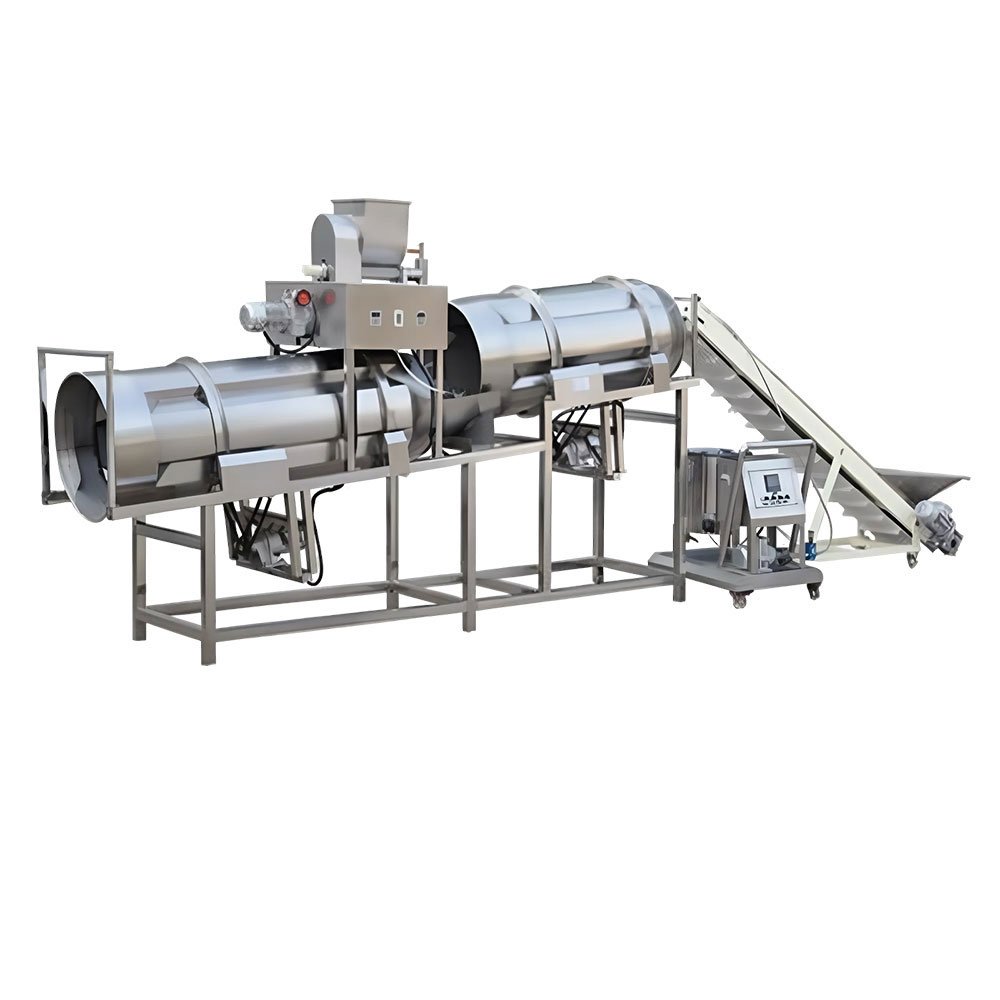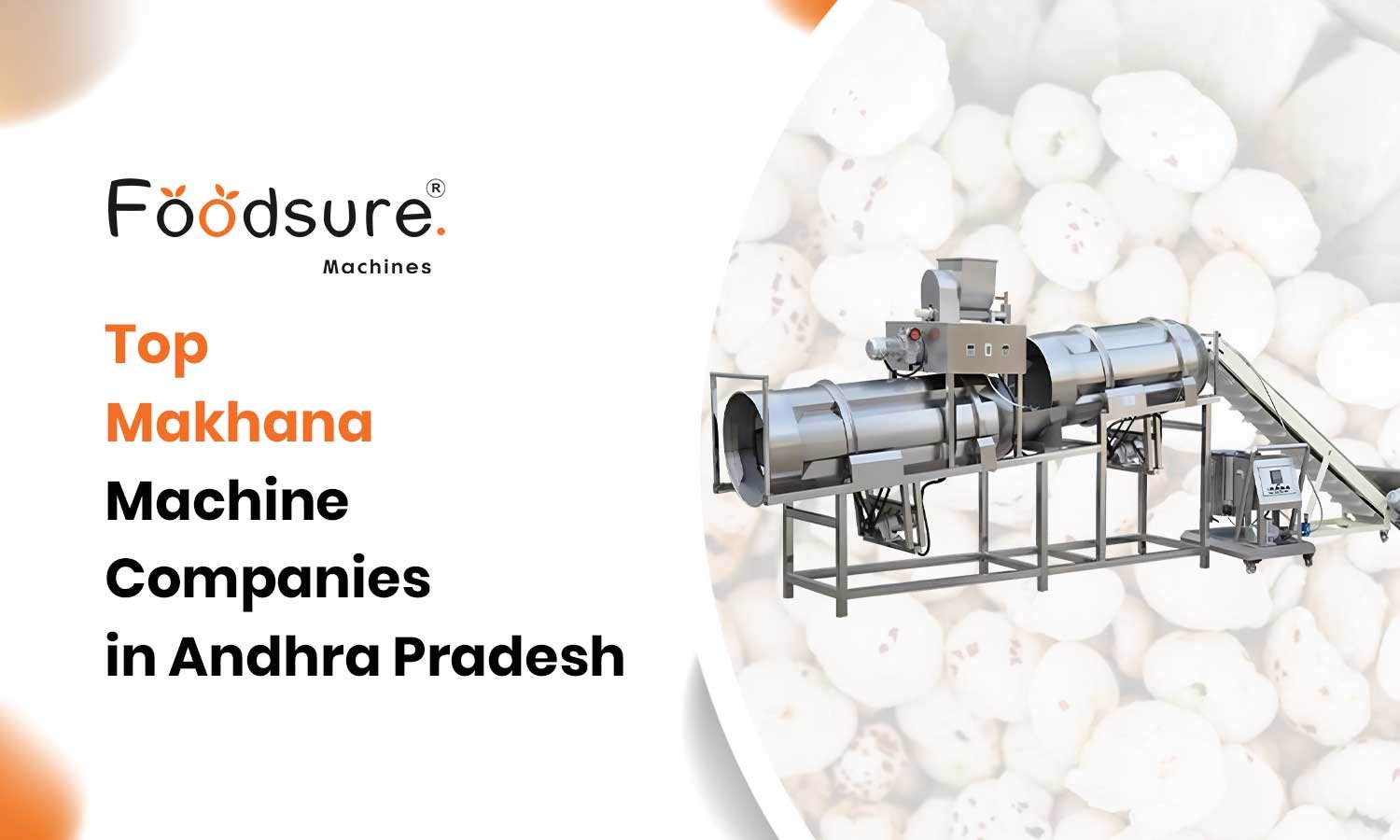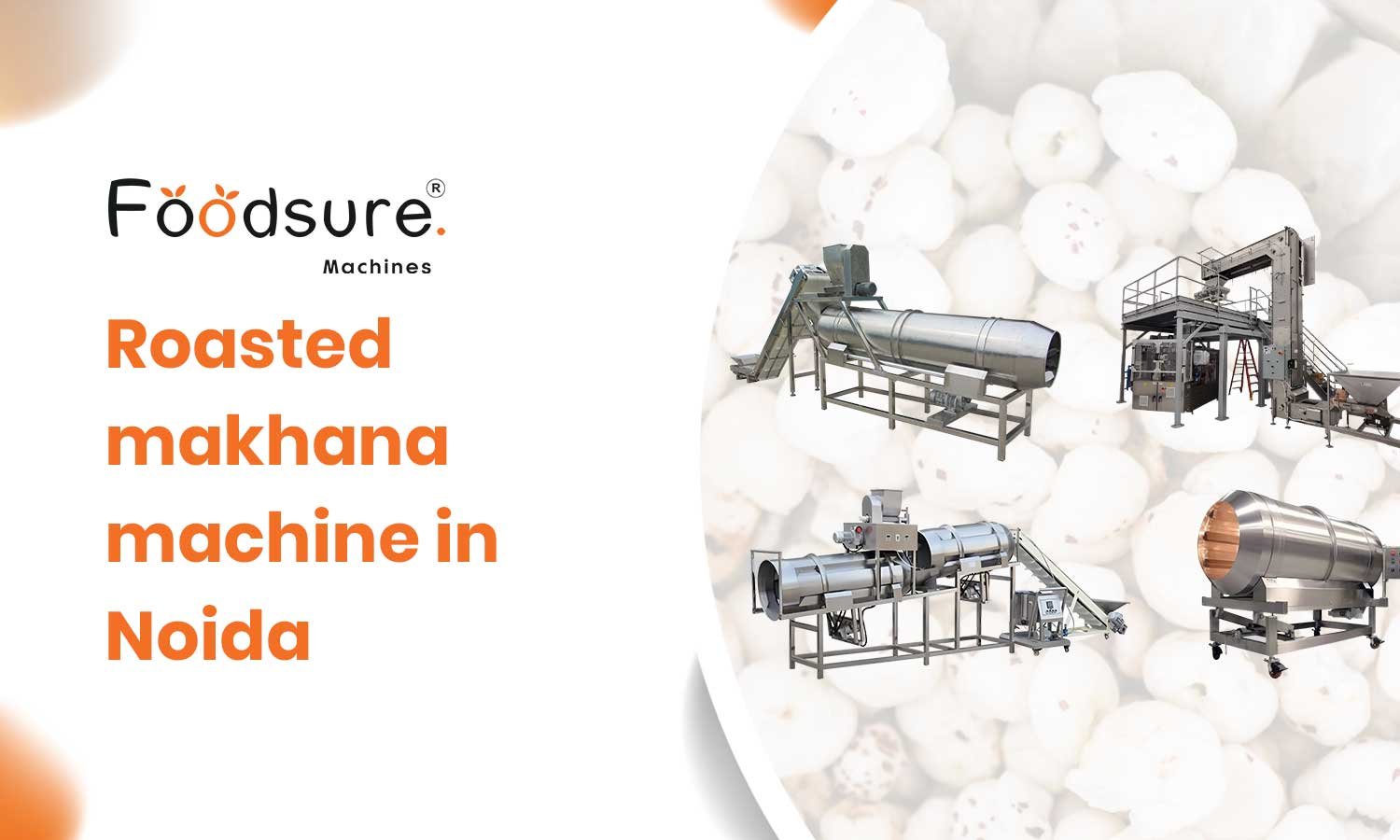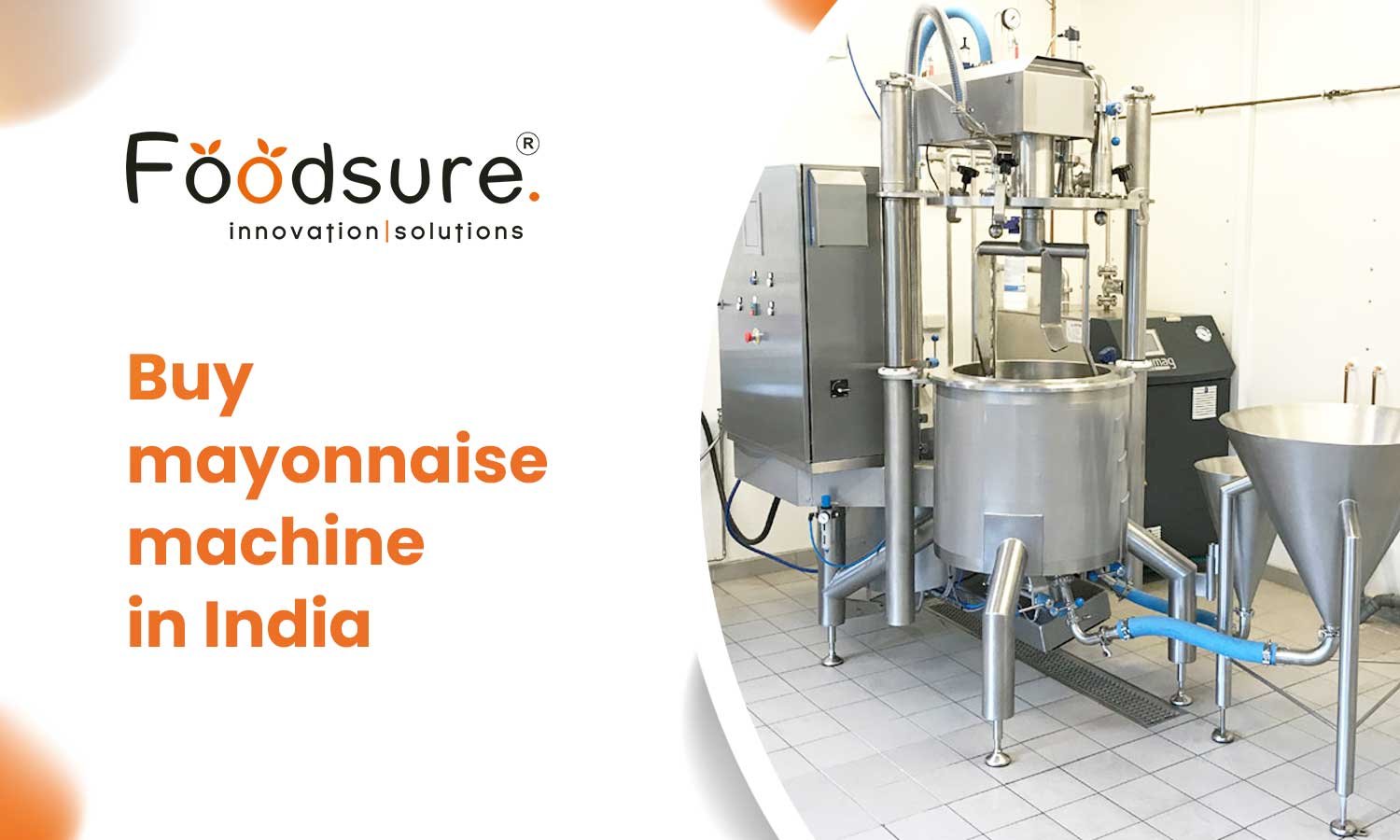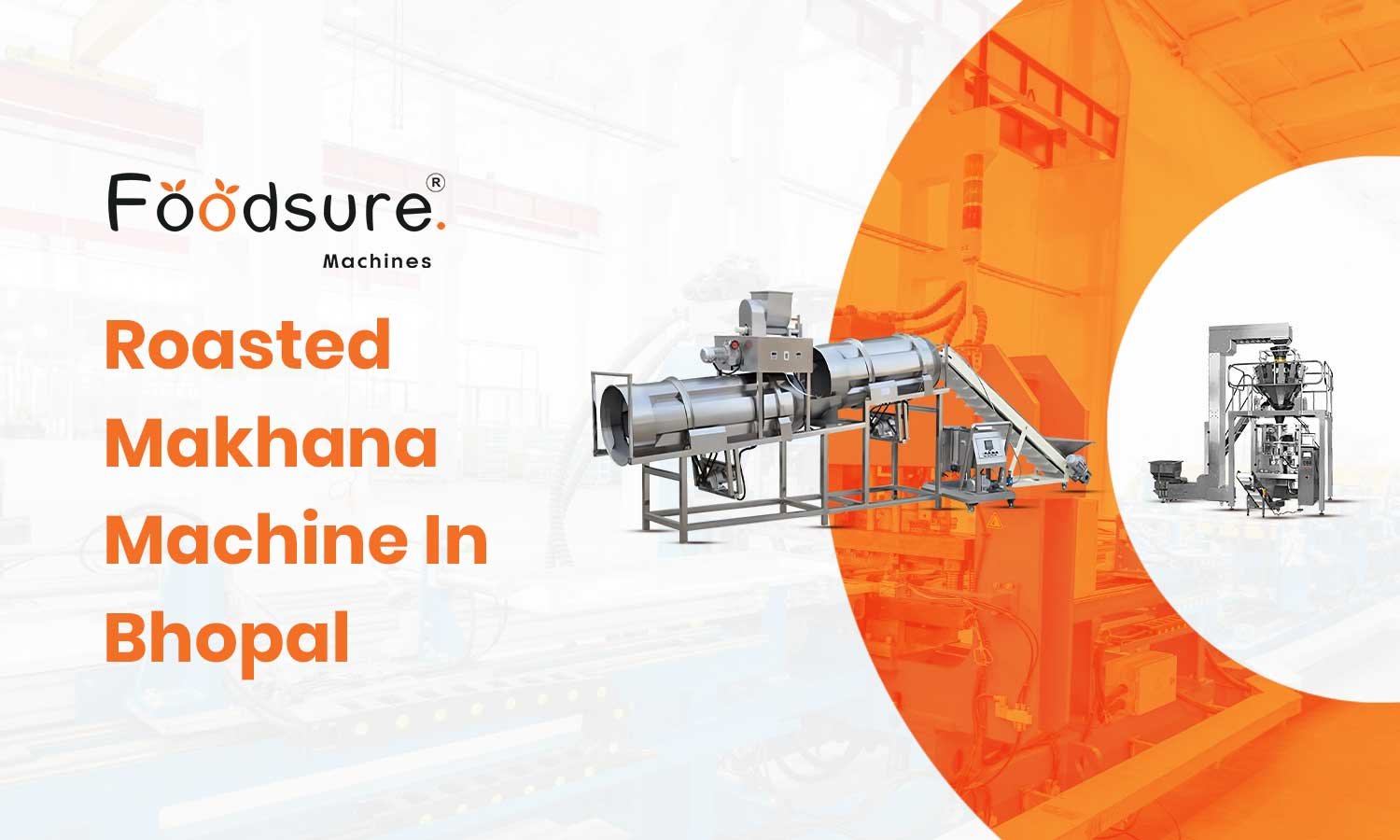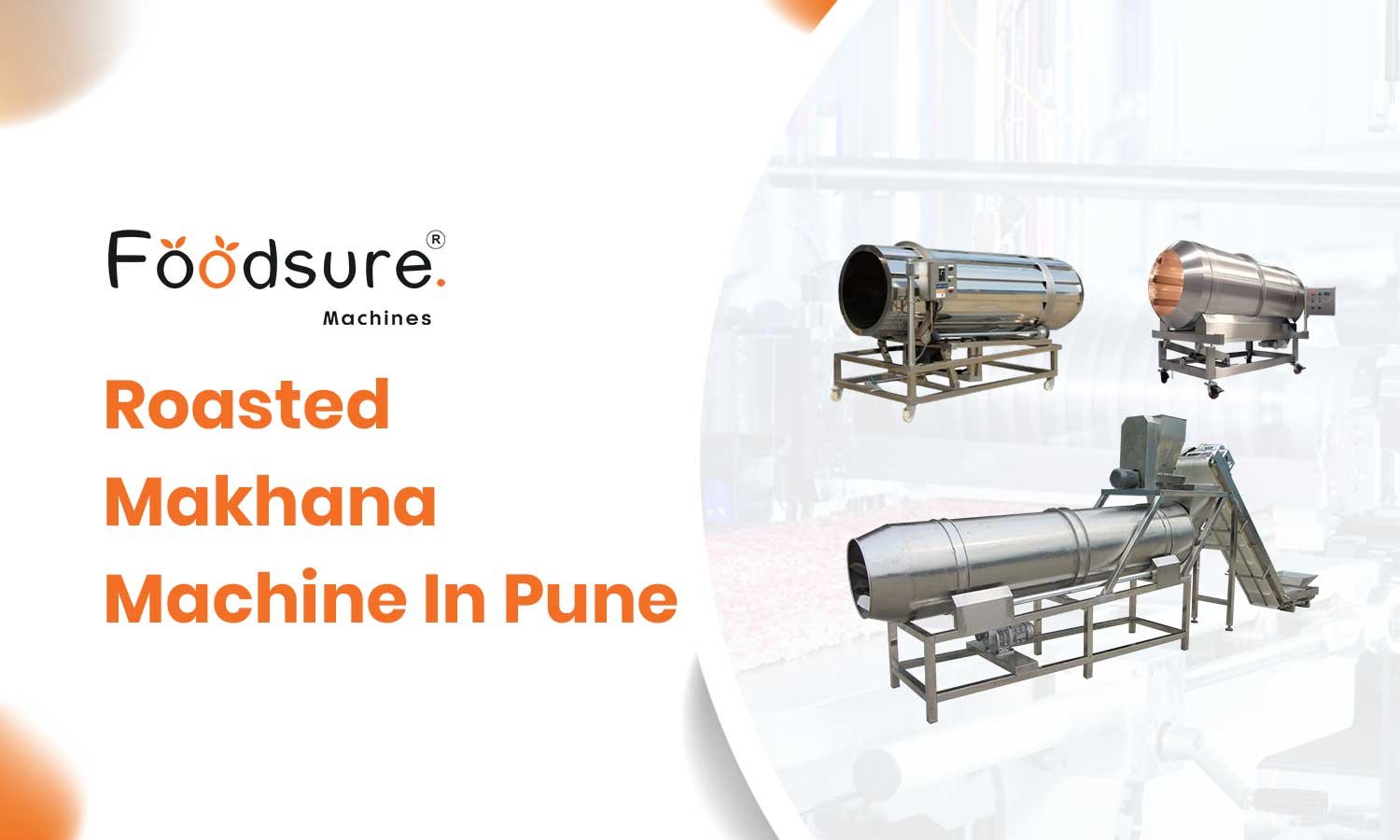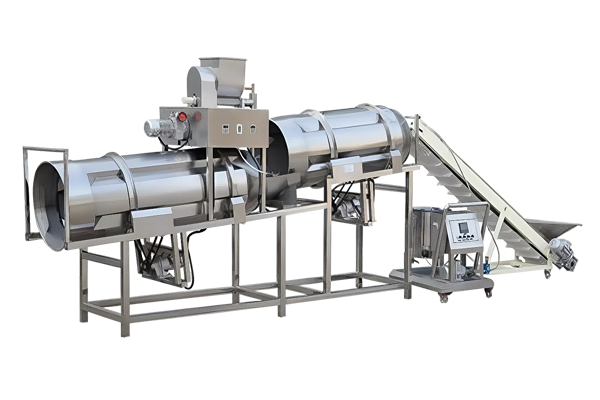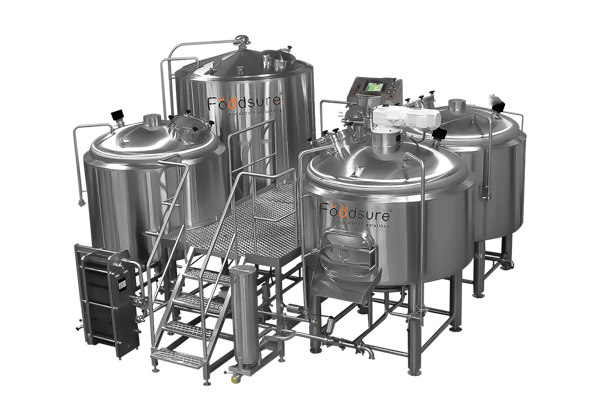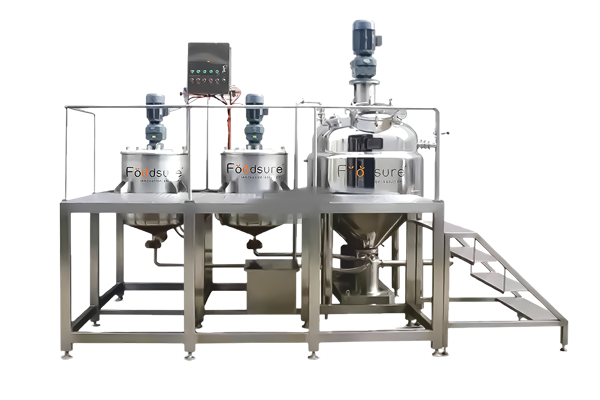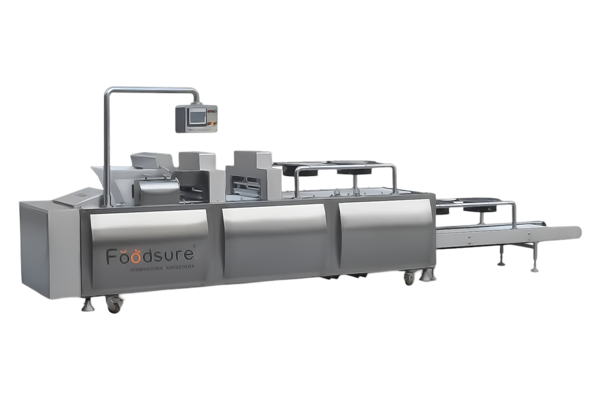Makhana processing in tribal areas has been stuck with too much manual work and not enough return. The tools were slow. The output? Inconsistent. Now that’s changing. Compact automatic makhana machine kits are helping local units using small makhana processing machine process faster, cleaner, and smarter. They are simple to run and don’t need big setups. What this really means is more sellable makhana, better prices, and real income from what used to be a backyard effort. Small teams can now build something that actually scales.
The Big Barrier: Tribal Makhana Farming Without Processing Power
Most rural farmers put in the work but barely see the upside. It’s not a question of effort; it’s about missing tools, weak infrastructure, and zero support when it’s needed most. Let’s break down what’s holding them back:
- Most farmers who sell makhana raw or semi-processed are missing out on higher profits from value-added products.
- Manual processing setups in villages lack roasting, grading, and packaging equipment.
- Long distances to factories, poor electricity, and no local tech support block small units from improving.
- SHGs and small farmers are stuck doing low-value work while others take the bigger margins.
- Even with growing demand, rural producers lose income because they can’t process locally.
The Solution: Compact Makhana Kits For Small Villages And Tribal Belts
Let’s be real, tribal and village-based producers don’t need massive factories. What they need is a compact makhana machine kit: a simple, low-power setup that handles roasting, grading, and sealing with just one or two people. These small makhana processing machine are created for rural conditions: easy to clean, easy to use, and tough enough to run without constant support.
For SHGs, FPOs, and women-led groups, this makhana processing kit for tribal entrepreneurs changes everything. It cuts out traders, improves hygiene, and turns raw makhana into sellable, value-added products right at the source. The result? Better quality, better prices, and a clear path from backyard to market.
Ready to Build Your Own Makhana Unit?- Get a Kit Quote Now
What’s Inside The Kit? Core Machines That Work Together
A small makhana processing machine kit isn’t just a bunch of machines. It’s a simple, reliable system made to turn raw makhana into packaged products that actually sell. Each part plays a clear role, and when combined, they help small producers work smarter, not harder. Here’s what goes into the makhana processing equipment kit:
-
Roaster
This is where it starts. No matter if you go with electric or LPG, automatic or semi-automatic makhana machine, the goal is the same: even roasting and perfect popping. Good roasting equals better taste and higher value.
-
Grader
Uniform size matters. Graders sort makhana by size, improving shelf appeal and pricing. It’s not just about looks; it’s about the consistency buyers trust.
-
Sealing Machine
The final step is a clean, airtight packaging machine that keeps your product fresh and ready for retail. It also sets up trust because nobody wants loose, dusty packs.
-
Optional Add-ons
Makhana flavoring drums help create variety: masala, sweet, whatever your market wants. Air classifiers clean out broken bits and dust, which means less waste and better quality in every packet.
Put these together, and you get a small makhana processing machine kit that saves time, cuts labor, reduces waste, and makes your product stand out. It’s exactly what SHGs, FPOs, and rural entrepreneurs need to build serious value, locally.
Real Results: How Tribal Groups Increased Output, Sales & Value
What changes when tribal groups use a compact makhana processing kit? The production scales up, quality improves, and incomes rise. Let’s break down what that impact really looks like:
| Impact Area | Before (Manual) | After (Compact Makhana Kit) |
|---|---|---|
| Product Output | Low, inconsistent batches | 2–3x increase with consistent quality |
| Selling Price | ₹200–₹300/kg (raw, unprocessed) | ₹500–₹800/kg (packaged, retail-ready) |
| Labor Burden | High manual effort, mostly by women | Lower effort, safer, more dignified work |
| Market Access | Local buyers only, low demand | Retailers, wholesalers prefer hygienic packs |
| Income Potential | Low margins, seasonal income | Higher profits, year-round earnings |
How to Start A Kit-Based Makhana Batch In Your Village
Launching a small makhana processing machine unit in your village doesn’t need to be complicated. With the right makhana machine for local farmers, even a small group can start producing retail-quality makhana and earn consistently. Here’s how to get started, step by step:
1. Pick a Space and Power Option
Use what’s already there, a spare room, courtyard, or shared building with a clean setup and basic power. These small makhana processing machine don’t need much. A 1–2 kW electric supply or even LPG is enough to run a compact unit efficiently.
2. Talk to a Reliable Machine Supplier
Reach out to a supplier who understands small-scale, rural setups. Share your available space, power source, and goals. The right supplier will help you choose makhana processing equipment that fits your setup and budget, and offer clear guidance.
3. Ask for a Demo and Layout Plan
Before buying a makhana machine for local farmers, always request a demonstration. A trustworthy supplier will walk you through the machines, give you a layout plan designed for your space, and provide training and support. You will have what you need to set up, run batches, and deliver clean, retail-ready makhana.
All it takes is the right space, a good machine partner, and some guidance to turn local makhana into a stable business.
Why Foodsure Machines Are Ideal For Rural Cases
We create our machines to work where it matters most: rural villages and tribal regions. Foodsure Machines run on low power, handle rough areas, and are easy to clean and operate. You don’t need fancy infrastructure to get started. Our setups are already working well in places like Jharkhand and MP, where local teams run small units with confidence. We stay involved with layout planning, training, and support. So the operation keeps moving and the business keeps growing. Establish a Tribal Food Business That Lasts.
FAQ
How do compact makhana kits help tribal farmers?
They make it possible to roast, grade, and pack right in the village. That means better quality, higher output, and less physical strain, all of which lead to more income.
Can SHGs or small groups actually run these machines?
Yes. The kits are simple to use and built for 1–2 people to handle no tech skills needed.
What kind of space or power is needed?
Just a clean room and basic electricity. If power is patchy, LPG works too. Many people set them up in courtyards or unused community rooms.
Does processing really increase earnings?
Definitely. When farmers pack clean, ready-to-eat makhana, they sell it for ₹500–₹800 per kilo instead of ₹200–₹300. That’s real profit, not just potential.

